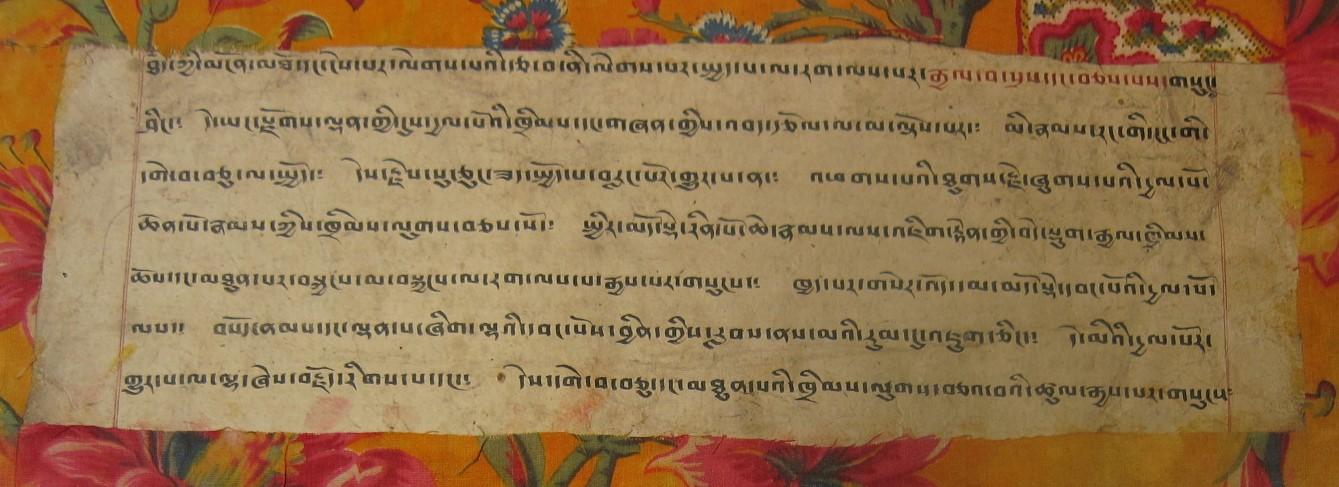Tibet in the global history of law
Tibet’s legal tradition is not well understood. The Dalai Lamas, who ruled central Tibet from the 17th to 20th centuries, created one of the world’s few true theocracies and maintained the idea of ‘two laws’, religious and royal, but while a large monastic community followed the elaborate rules of the Vinaya, the Dalai Lamas did not promulgate any legal codes with general application for the laity. Nor did they systematise practices of justice. Rather, they distributed a series of legal texts that were more like treatises than laws. This series of texts (zhal lce) has, remarkably, not yet been fully translated.

In an earlier project (Legal ideology in Tibet), Fernanda Pirie and Charles Manson translated an earlier Tibetan legal treatise (14th century). Fernanda is now working with Tibetan language specialists to translate and analyse the texts from the later period. The results will shed light on the nature of the Tibetan polity and its governments. It will fill a critical gap in the scholarship on Tibetan law, and make possible a full-length book on the subject.
By comparing other legal systems, Fernanda will address broader questions and ask why Tibetans chose not to develop their civil law more extensively. Considering other societies that turn their backs on law making, she will ask what the Tibetan example can tell us about different forms of government and the role of law within them. What does a regime lack without law and what, alternatively, might be the advantages of an absence of centralized legalism for different groups of people?
